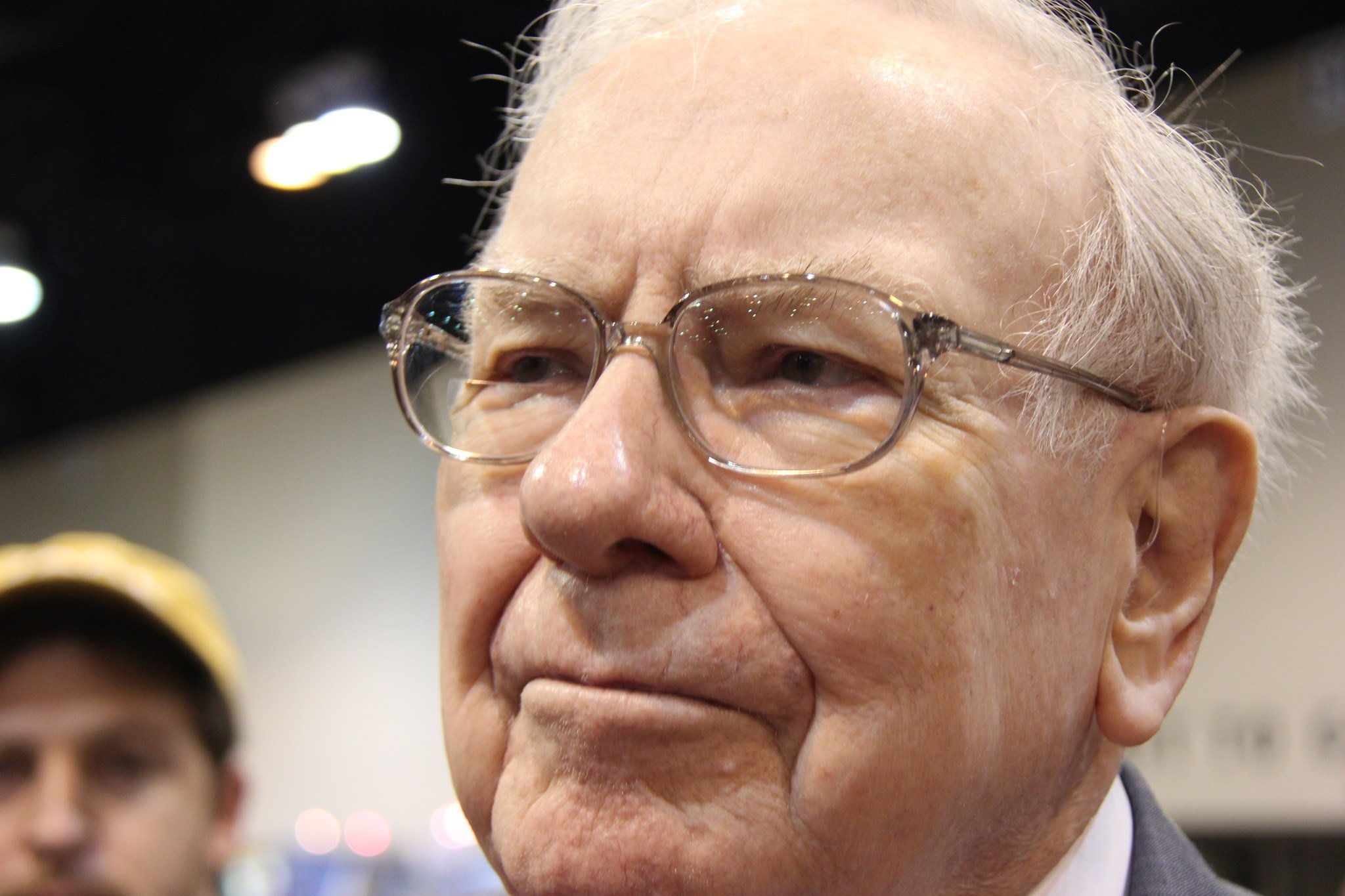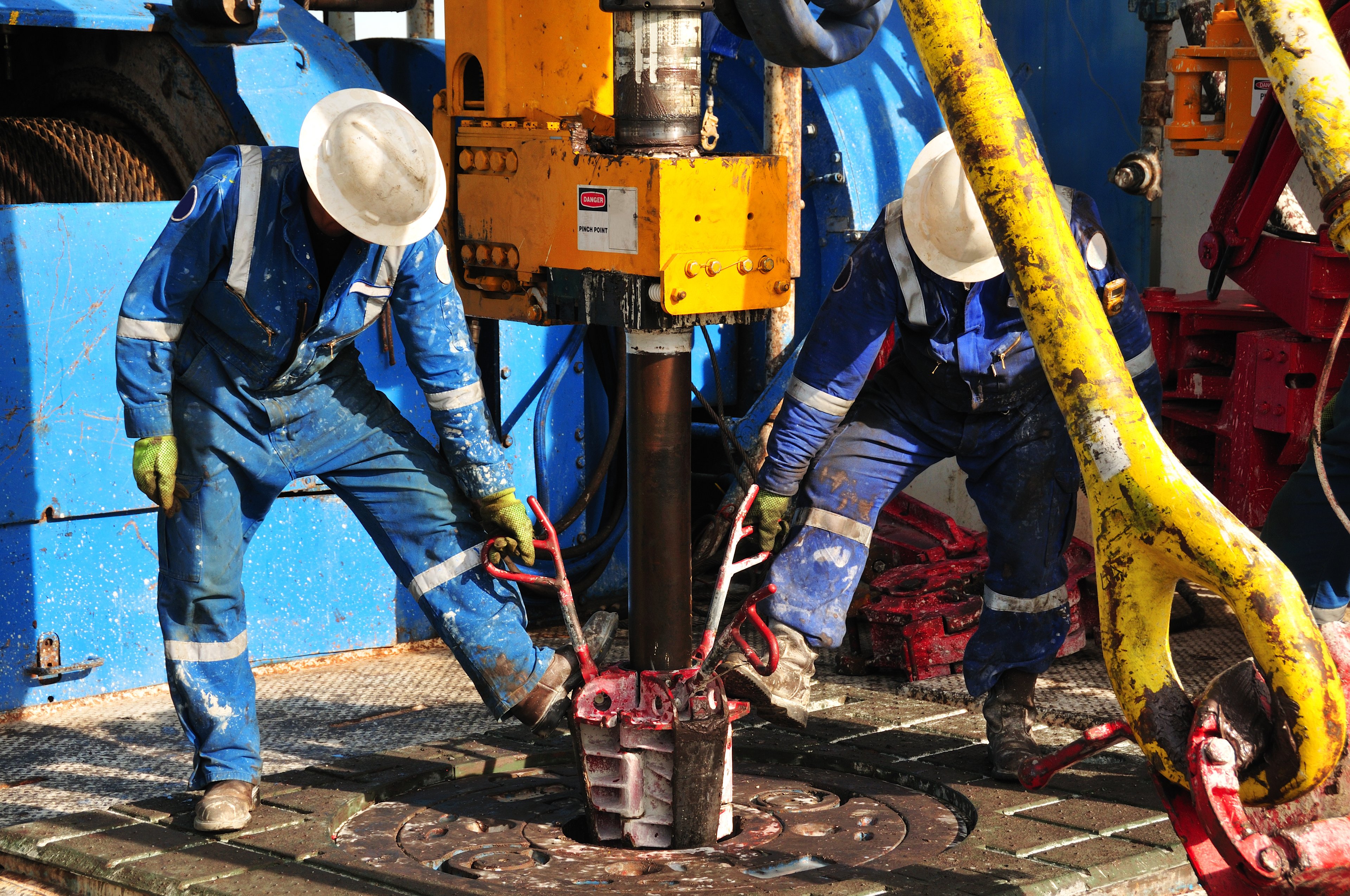By now, investors are starting to getting used to seeing Big Oil deliver disappointing results. Last quarter was a terrible one for some of the biggest names in the oil industry, and a recent announcement from Chevron (CVX +0.05%) means that it could continue. Does another quarter of disappointing results mean investors should start looking elsewhere? Let's take a deeper look at what is happening at Chevron and see whether it's really something investors should consider.

Overall targets are misleading
One of the big talking points Chevron has stuck to throughout the year is that it's on track to meet its production target goals of 3.3 million barrels per day by the end of 2017. By contrast, Royal Dutch Shell (NYSE: RDS-A) and ExxonMobil (XOM 0.23%) have either scrapped their production targets or have been struggling to meet those goals.
So far this year, Chevron has not provided any major leaps forward toward its production goals, either. You could actually argue that they have slipped away from that goal. The company estimated that it will produce an average of 2.65 million barrels equivalent per day, but the chances of seeing that happen are getting slimmer by the day, as production this quarter slipped to 2.89 million barrels equivalent per day.
But looking at just the raw numbers doesn't completely do justice to what Chevron is doing. Even though overall production may not be growing, production for oil is growing to offset declines in natural gas production. Also, the company is realizing better prices for oil while gas prices are slipping, so the move toward more liquids production will help to grow the per barrel equivalent margins the company is getting for its production. This is a trend that we are seeing many of the oil majors attempting to do today, but Chevron has been the best aming its peer so far
| Company | Total Production (in millions of barrels of oil equivalent) | % Liquids Production |
| ExxonMobil | 4,239 | 51.5% |
| Chevron | 2,610 | 67.5% |
| Shell | 3,170 | 46.9% |
| Total (TOT +0.00%) | 2,300 | 53% |
| BP (BP 0.78%) | 2,319 | 50.8% |
Sources: Company 10(k)s, author's calculations.
It should also not come as a surprise that since Chevron has the largest percentage of liquids production, it also brings in the highest net margin per barrel equivalent of production. Chevron's current net margin per boe is $23.88, which is $7 to $13 stronger than any of its competitors.
The drag of downstream
As Chevron said in its announcement about the coming earnings release, the biggest drag on earnings will come from the downstream side of the business. Some of that is a result of downtime at its refineries for maintenance, but some of the trends in the refining business are also causing some problems. For investors in Big Oil, this is the one thing we should actually be looking at. Earnings at many of these refiners has been hurting, but not every single company is suffering for the same reasons.
On one side, you have the European heavy refiners such as Total. In the past year, the company has shuttered two of its European refineries. For Total and many of the refineries in Europe, the decline in petroleum product use is leading to lower pricing. Unlike refiners in the U.S., though, feedstock and energy prices are much higher, making it much more difficult to export in comparison to the United States.
For the others like Chevron and Exxon, though. The trend has been more related to price than actual use. Most of the refineries run by these companies are geared to run certain types of crude, which may not necessarily be the most advantageous type of crude to run based on today's market. In the case of Chevron, the majority of its U.S. refining capacity is in California, which does not yet have the pipeline or rail access to the advantaged crudes from the mid-continent region of the U.S. or Western Canada. This results in higher prices for feedstock and eventually weaker margins on its products.
Some of these companies are looking to fix this problem. BP is putting the finishing touches on the $3.5 billion upgrade of its Whiting refinery in Indiana. This revamp will be allow the facility to process and additional 250,000 barrels per day of heavy, sour oil from Canada. Making moves like this will be critical for big oil companies like Chevron to keep ahead of the game in the refining business.
What a Fool believes
Overall, investors shouldn't be overly concerned with the news that Chevron will put together another disappointing quarter. There are still lots of projects coming down the pipe to grow production, and the company is orienting itself in a way to earn better returns on its production than its peers. The problems that Chevron has stated on the downstream side are likely to bog down earnings for a while, but growth in the right parts of the upstream side should keep it on track for the next couple of years.








